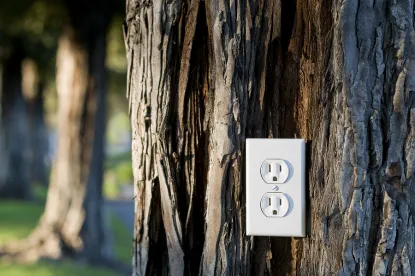Legislative Activity
Comprehensive Energy Legislation
This week the Senate will continue its floor debate of S. 2012, the comprehensive energy bill that Energy and Natural Resources Committee Chairman Lisa Murkowski (R-AK) and Ranking Member Maria Cantwell (D-WA) authored. Under the open amendment process 130 amendments were filed. While some of the non-controversial amendments were accepted last week, we anticipate the Senate to engage on the more controversial ones this week. There is also discussion of potentially authorizing funding in this bill for a fix for the lead in Flint, Michigan’s drinking water which is proving to be a controversial issue.
Water Resources
Congress is expected to assemble and pass another Water Resources Development Act (WRDA) bill this year, which would direct authorization and funding for water infrastructure and flooding prevention projects carried out by the U.S. Army Corps of Engineers. On Tuesday, February 2, the House Transportation and Infrastructure Committee will hold a hearing to discuss “Priorities for the Water Resources Development Act of 2016.”
Flint Drinking Water
On Wednesday, February 3, the House Committee on Oversight and Governmental Reform will hold a hearing to discuss potential federal intervention concerning the drinking water in Flint, Michigan.
Mining
On Wednesday, February 3, the Senate Environment and Public Works Committee will hold a hearing to examine the Department of the Interior’s Office of Surface Mining’s proposed Stream Protection Rule as it relates to the Endangered Species Act and the Clean Water Act.
COP 21
On Tuesday, February 2, the House Science, Space and Technology Committee will hold a hearing regarding the Paris Agreement on climate action – COP21. The Committee will hear testimony from the U.S. Chamber of Commerce, The World Resources Institute and the Heritage Foundation, among others.
Regulatory Activity
Ozone
Of interest to municipal governments, the Clean Air Act requires the EPA to set National Ambient Air Quality Standards (NAAQS) for ozone and other pollutants. EPA has released its Integrated Science Assessment for Oxides of Nitrogen — Health Criteria 2016 Final Report which denotes the scientific basis the agency used to establish NAAQS. The report can be accessed here.
GHG Reporting
EPA has issued a proposed rule titled, “Greenhouse Gas Reporting Rule: Leak Detection Methodology Revisions and Confidentiality Determinations for Petroleum and Natural Gas Systems.” EPA is proposing to add new monitoring methods to detect leaks from oil and gas equipment in order to calculate GHG emissions from leaks. In addition, EPA is proposing additional reporting requirements for nine data elements. The proposed regulations are expected impact owners or operators of petroleum and natural gas systems that directly emit GHGs — specifically for pipeline transportation of natural gas; natural gas distribution; crude petroleum and natural gas extraction and natural gas liquid extraction. Comments are due February 29.
Oil and Gas Emissions
EPA is extending its public comment period on its “request information related to hazardous air pollutant emissions from sources in the oil and natural gas production, natural gas transmission and storage segments of the oil and natural gas sector.” Comments are now due March 11.
Oil Spill Contingency Plans
EPA has issued a proposed rule to revise its “National Oil and Hazardous Substances Pollution Contingency Plan.” The main goal is to align requirements of the EPA’s Plan with the Department of Homeland Security’s National Response Framework and National Incident Management System. Comments are due March 25.




 />i
/>i

